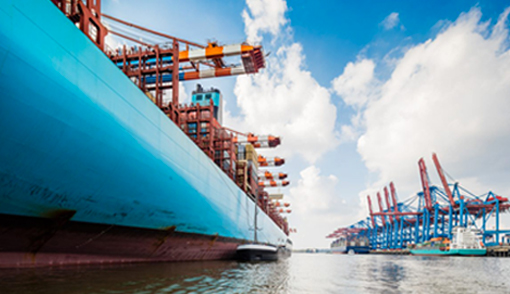Article
Obtain business insight with CLT's article
|
The Research & Markets’ “Global Ports and Terminal Operations Market 2017 ? 2021” report states that ‘The ports and terminal operations market in APAC is expected to handle 477.42 million TEU by 2021.’ This is a forecast growth of 4% since 2016. Indeed, 14 of the top 20 busiest ports in the world are in China, one of the top manufacturers of electronic goods. |
||
 |
||
Today, a massive amount of resources is wasted as a result of inefficient manual processes. In the process of cargo movement, information about its whereabouts is handled by various disparate software systems that are not always well-synchronised. This results in stakeholders being forced to make decisions while lacking crucial pieces of data, and visibility into the supply chain.
On the bright side, however, with technology, there are ways to standardise data flow. Improved collaboration between terminal operators and carriers could allow all stakeholders to benefit from the information. Over the last 5 years or so, we have seen and heard of many digital programmes being applied in different companies. These early adopters are capable of changing and setting the standards. Standardisation is now a need and it must take place in order to bring about change and collaboration. Having a single platform allows inclusive collaboration such as slot swaps, co-partnerships and liner alliances, where a wide range of information can be shared and made visible to streamline business processes.
Maritime transport is the backbone of globalisation and trade, so it is key that companies critically assess their current systems taking into consideration the level of accuracy and speed at which they operate, and adopt a robust, innovative technology strategy to deliver sustainable success. To stay ahead in the game now and in the future, improved transparency and visibility via a shared partner ecosystem and the adoption of innovative technologies is vital.


